PPT-CREATe
Author : faustina-dinatale | Published Date : 2016-10-27
and Goldsmiths RESEARCHING FASHION MICROBUSINESSES IN THREE CITIES LONDON BERLIN AND MILAN An interview and observationsbased project FUNDED BY THE UK ARTS AND
Presentation Embed Code
Download Presentation
Download Presentation The PPT/PDF document "CREATe" is the property of its rightful owner. Permission is granted to download and print the materials on this website for personal, non-commercial use only, and to display it on your personal computer provided you do not modify the materials and that you retain all copyright notices contained in the materials. By downloading content from our website, you accept the terms of this agreement.
CREATe: Transcript
Download Rules Of Document
"CREATe"The content belongs to its owner. You may download and print it for personal use, without modification, and keep all copyright notices. By downloading, you agree to these terms.
Related Documents

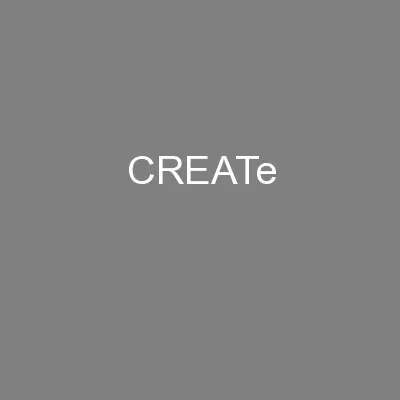
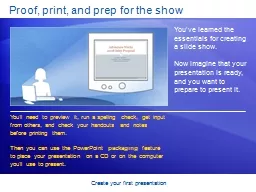

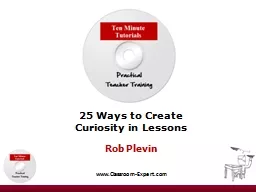
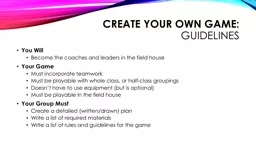
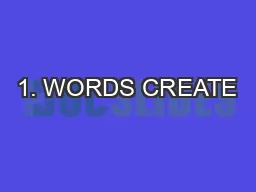
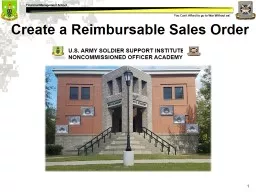
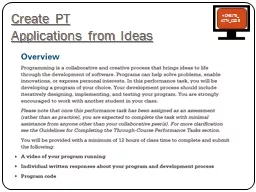
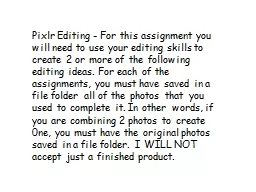

![[DOWNLOAD] - Creative Acts for Curious People: How to Think, Create, and Lead in Unconventional](https://thumbs.docslides.com/901145/download-creative-acts-for-curious-people-how-to-think-create-and-lead-in-unconventional-ways-stanford-d-school-library.jpg)
![[EPUB] - Hacking School Discipline: 9 Ways to Create a Culture of Empathy and Responsibility](https://thumbs.docslides.com/901208/epub-hacking-school-discipline-9-ways-to-create-a-culture-of-empathy-and-responsibility-using-restorative-justice-hack-learni.jpg)
![[READ] - Rigorous Curriculum Design: How to Create Curricular Units of Study That Align](https://thumbs.docslides.com/901746/read-rigorous-curriculum-design-how-to-create-curricular-units-of-study-that-align-standards-instruction-and-assessment.jpg)